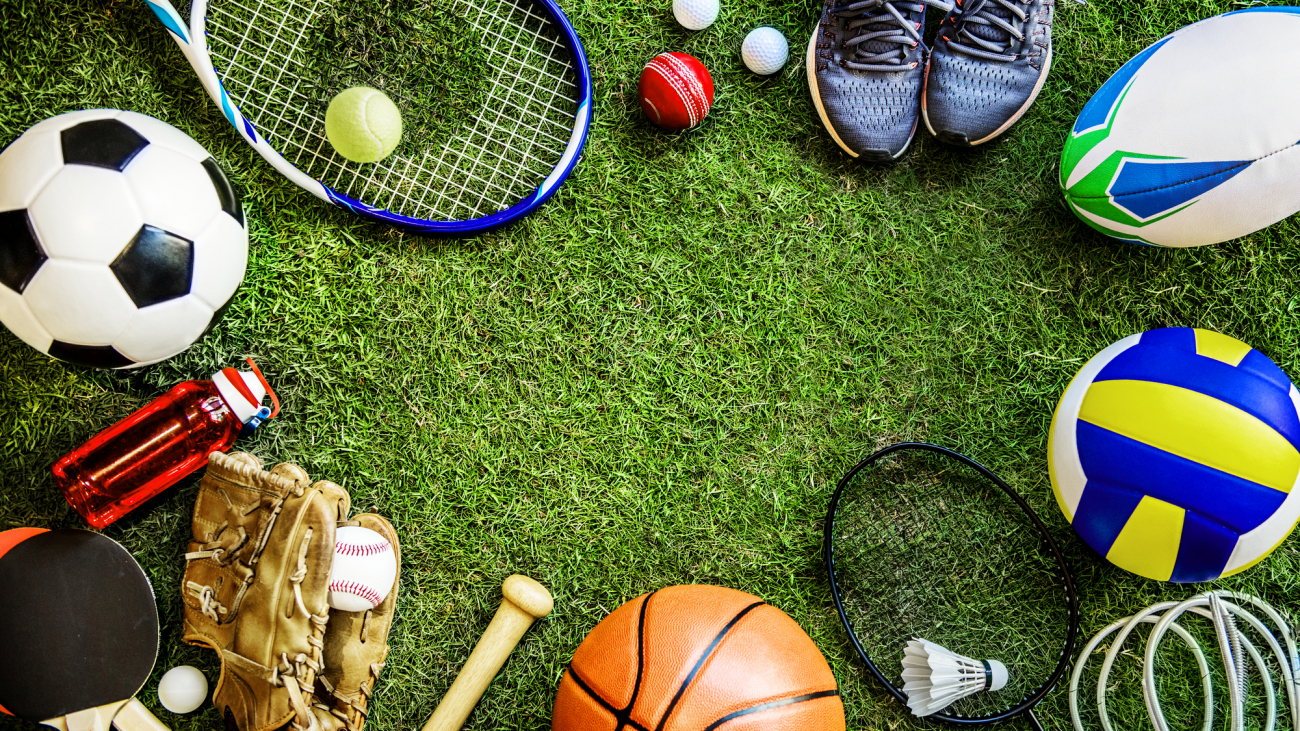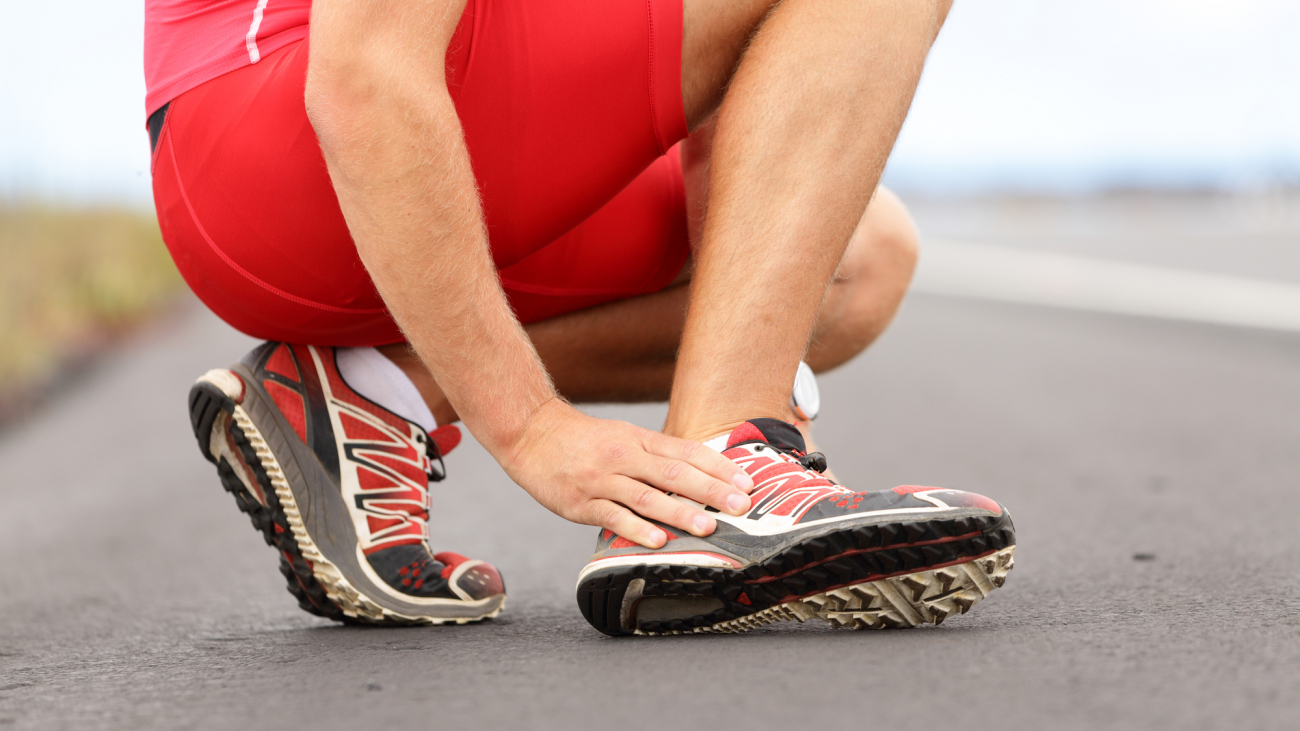 As the summer sports season looms, would-be student athletes have an exam to pass: their physicals.
As the summer sports season looms, would-be student athletes have an exam to pass: their physicals.
This exam should not be taken lightly, says Jason Brackins PA(C), physician’s assistant at Mountain Hope Good Shepherd Clinic.
As youthful minds turn to soccer, baseball and softball, school coaches need to know of players’ potential health problems before practices begin in earnest. TSAA rules demand that participating students at the high school level first have a sports physical.
There are two parts to sports physicals. First is a written health history for both child and parent to answer and sign. Without it, the student may miss out on playing the sport. Second is a top-to-toe physical exam by a medical provider.
“We try to uncover potential harms to the children,” Jason said.
“It’s important to be honest” and not omit health problems on the written form, Jason said. Parents should understand that by signing they are taking on liability for the accuracy of the report.
“Sports physicals can’t always ID problems,” he explained. While a physical exam may pick up some issues, others may not be obvious at the time. For example, swimming may not be the right sport for a child with a seizure disorder.
It’s also important that parents and student athlete inform the medical provider about all medications he or she is taking. For an asthmatic, “before you go running, make sure you have your inhaler in hand.”
Another factor : “If your child is under the care of a specialist, notes from the specialist should be given to the person doing the physical.”
Jason and other medical providers conduct sports physicals at Mountain Hope, which usually incur a small fee. Some local schools offer free physicals on a particular day, when local health providers conduct the exams on a volunteer basis at the school. Jason himself has taken part in these.
Would-be student athletes should ask their coaches or athletic directors about the date of free school physicals, he said.
The exams are good for one year. After that, another exam is necessary.










